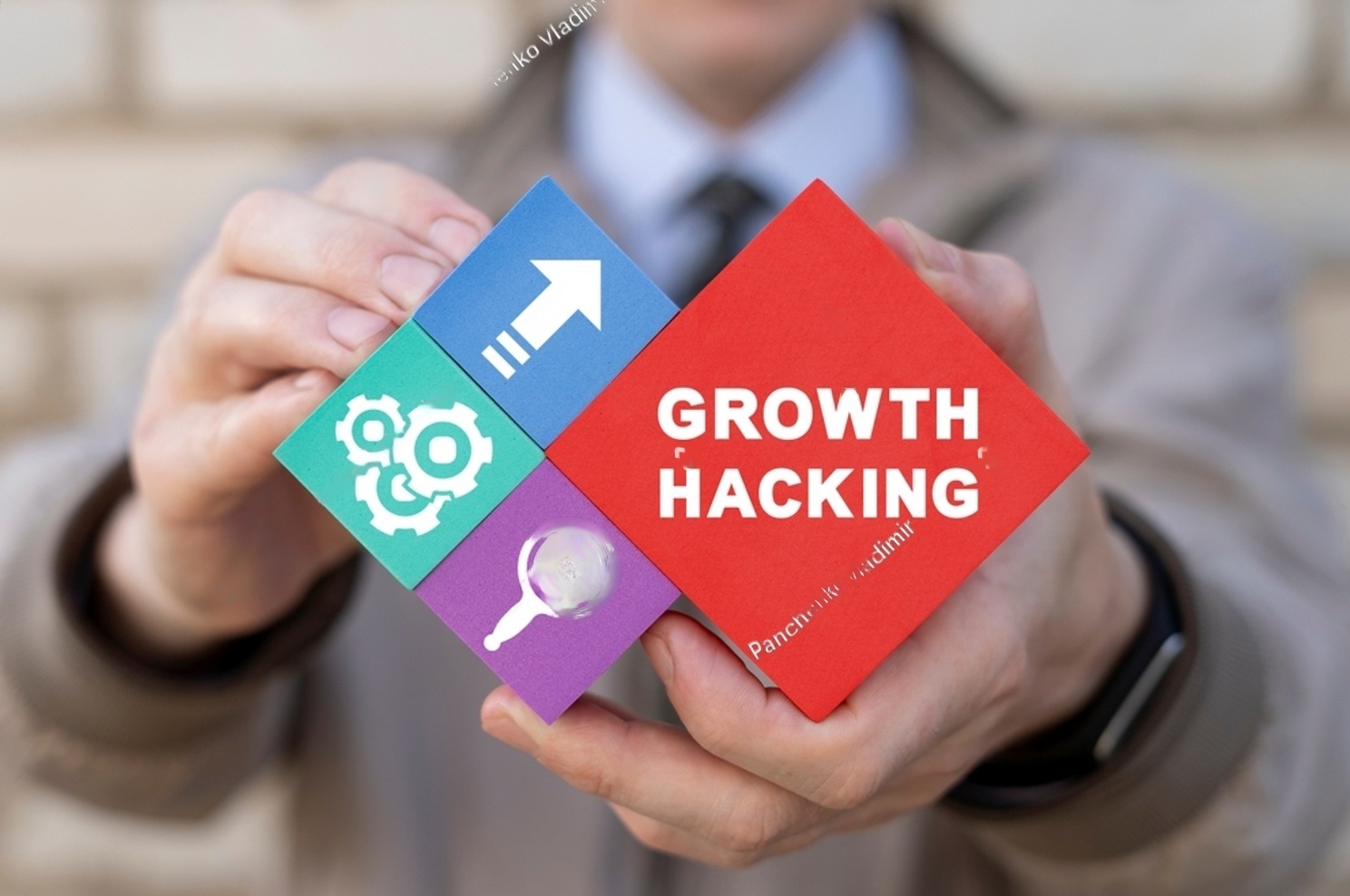In the world of B2B (business-to-business), achieving sustainable growth is paramount. But how can B2B companies achieve this growth effectively and efficiently? The answer lies in the art of growth hacking. In this article, we’ll explore growth hacking strategies tailored to the unique needs of B2B businesses. From data-driven decision-making to leveraging content marketing and beyond, we’ll provide you with actionable insights to supercharge your growth efforts.
Understanding B2B Growth Hacking
Growth hacking in the B2B space differs significantly from its B2C counterpart. While B2C often focuses on quick user acquisition, B2B growth hacking centers on building lasting relationships with other businesses. To succeed, you need to understand the nuances of the B2B landscape and prioritize a customer-centric approach.
Data-Driven Decision Making
Data is the lifeblood of growth hacking. Start by identifying the key performance indicators (KPIs) that matter most to your B2B business. Metrics like customer lifetime value (CLV), customer acquisition cost (CAC), and conversion rates should be on your radar. Dive into your data to uncover actionable insights that can drive growth strategies.
Building a Solid Customer Acquisition Strategy
Effective growth hacking begins with identifying and targeting the right B2B customers. Develop detailed buyer personas to understand your ideal customers’ pain points and needs. Use these insights to create personalized lead generation strategies that resonate with your target audience.
Leveraging Content Marketing
Content marketing is a powerful tool for B2B growth. Tailor your content to address the specific challenges and interests of B2B audiences. Valuable content, such as in-depth industry reports, whitepapers, and webinars, can attract and engage potential clients. Optimize your content for SEO to ensure it reaches a wider audience.
The Power of Referral Marketing
Referral marketing isn’t limited to B2C; it can also be a game-changer for B2B businesses. Encourage satisfied clients to refer your services to their network. Develop a referral program that rewards clients for successful referrals, fostering a cycle of growth.
Using Social Media for B2B Growth
Social media isn’t just for B2C brands. B2B companies can use platforms like LinkedIn and Twitter to build and nurture relationships with other businesses. Share valuable industry insights, engage with prospects, and establish your brand as an authority in your niche.
Email Marketing and Automation
Email marketing remains a staple in B2B growth hacking. Craft personalized, targeted email campaigns that speak to the pain points and needs of your audience. Implement marketing automation to streamline your email workflows and nurture leads efficiently.
Conversion Rate Optimization (CRO)
CRO is essential for maximizing the value of your website traffic. Optimize landing pages, forms, and calls to action to improve conversion rates. Conduct A/B tests to fine-tune your website elements continuously.
Scaling and Measuring Success
As your B2B business grows, scaling your growth efforts is essential. Continue to measure your KPIs and adjust your strategies accordingly. Tools like Google Analytics and CRM software can provide valuable insights to guide your decisions.
Case Studies and Success Stories
Real-world examples can inspire and inform your B2B growth hacking efforts. Explore case studies of B2B companies that have successfully implemented growth strategies. Learn from their experiences and adapt their approaches to your business.
Takeaway
Growth hacking for B2B businesses is an ongoing process that requires data-driven decision-making, a focus on customer acquisition, and the strategic use of various marketing channels. By implementing these strategies, you can unlock sustainable growth for your B2B company. Don’t wait; start your growth hacking journey today and watch your business thrive.











